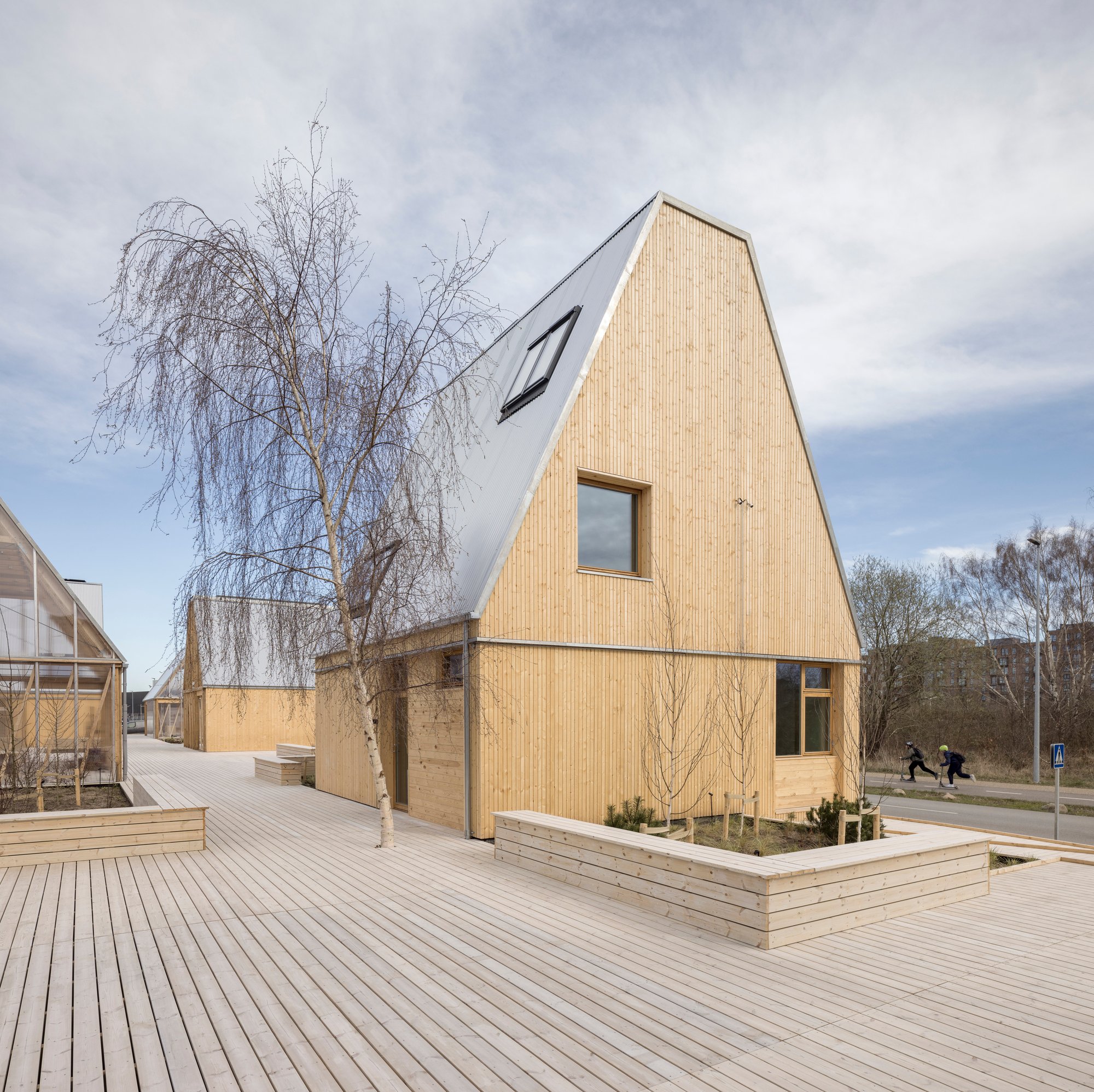News
District heating
Energy efficiency in buildings
Recycling of waste to material
+3
Possibilities in the Chinese Market


“There is no doubt that the Chinese market is very interesting for us. The Chinese have all the good intentions to move ahead in the field of energy efficiency,” said Niels B. Christiansen, president and CEO of Danfoss, a Danish company that manufactures energy-efficient devices and systems. Danfoss is a member of the International District Energy Association (IDEA).
District Heating in Anshan, China
Danfoss is making a 400-million-yuan (USD $64 million) district heating network in Anshan in China’s northeastern Liaoning province.
The Danish company is replacing a number of old boilers with larger ones that are connected to a steel plant and supply more than 1 million local residents with heat generated at the factory.
The heat previously had simply been dumped but now it is utilized as an inexpensive, efficient means of warming area households.
Read also: Danfoss and Cowi to Implement District Heating System in Anshan, China
“So we have here a win-win situation. It is a good example of moving toward a green economy, and doing it in a very profitable way,” Christiansen said.
China is refurbishing its economy in a green manner through the ambitious 12th Five-Year Plan that is in place for the 2011-2015 period.
Key goals in China’s greening process include replacing coal-fired plants with ones run on renewable sources such as wind energy and solar power.
Far reaching goals
The goals also involve better insulation of homes and offices to cut heating bills, combined urban heating and power networks, and more recycling. Improving the energy efficiency of production facilities and developing alternative-fuel cars also are among the plan’s objectives.
China already is the world’s largest market for wind power and is expected to be the largest market for sustainable energy by 2014.
The Chinese government, as the world’s biggest investor in sustainable energy, is poised to invest 3.6 trillion yuan (573.2 billion U.S. dollars) in the green sector during the 12th Five-Year Plan.
Possibilities for clean tech companies
Denmark and its Nordic neighbors, trailblazers in the global green growth arena, could stand to benefit commercially from China’s rapid environmental transition. “I believe a more sustainable growth in China can turn out to be an advantage to Danish companies because of the technologies and solutions we have developed in our effort to create a green economy,” said Karsten Dybvad, CEO of the Confederation of Danish Industry (CDI).
Nis Hoeyrup Chirstensen, an advisor on Chinese affairs at the CDI and a researcher on China’s renewable energy efforts at the Copenhagen Business School, sees green growth ahead. “In China, there is a market and a clear horizon, which the Chinese government is pretty good at showing, as it puts up both short- and long-term economic goals,” Chirstensen said.
Danfoss in China
Danfoss is now represented in more than 20 Chinese cities with around 5,000 employees after deciding seven years ago to develop China as its second home market. The company’s revenues in China rose 28 percent last year to 469 million U.S. dollars from a year earlier. Danfoss expects China to become its largest market by 2015.
“The estimate is that we are developing with the market and that we are maintaining or even gaining market shares in certain areas. It is obvious that while we are growing nicely in China, the general market in China is growing very nicely,” said Christiansen, the Danfoss CEO.
Source: IDEA
You should consider reading
solutions
Energy efficiency in buildings
+2
Living Places: Building low-carbon and more sustainable buildings
23 June 2023publications
Resource efficient production
+15















